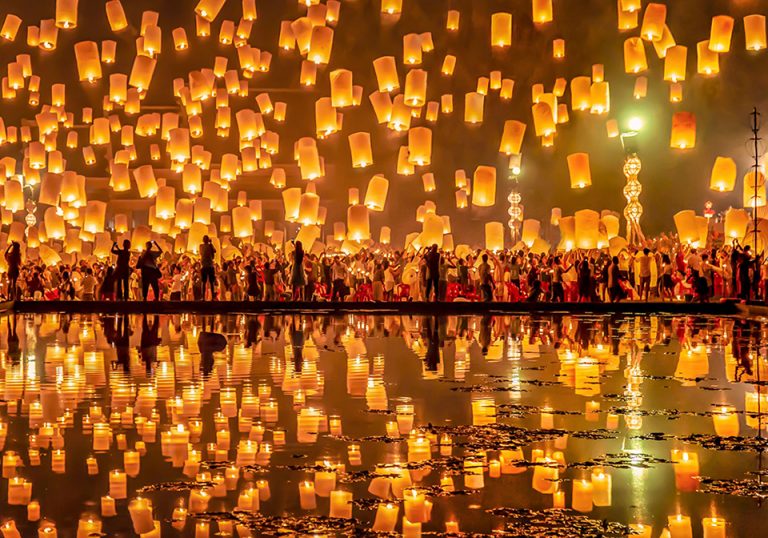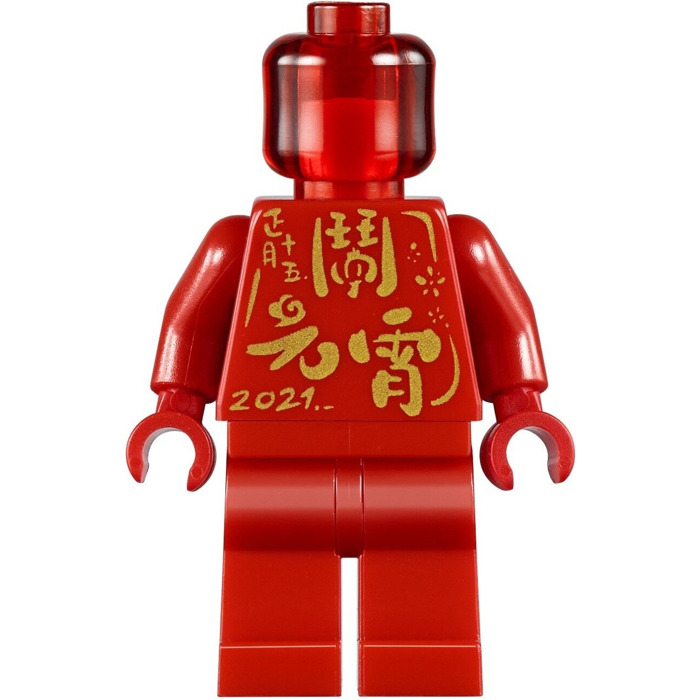

So, he planned a storm of fire to destroy the village on the fifteenth lunar day. This angered the Jade Emperor in heaven because the crane was his favorite. After it landed on earth it was hunted and killed by some villagers. Yet another common legend dealing with the origins of the Lantern Festival speaks of a beautiful crane that flew down to earth from heaven. He was killed in the storming of the city and the successful rebels commemorated the festival in his name. Īnother legend associates with the Lantern Festival with an ancient warrior named Lan Moon, who led a rebellion against the tyrannical king in ancient China. It is said that Tianguan likes all types of entertainment, so followers prepare various kinds of activities during which they pray for good fortune. His birthday falls on the fifteenth day of the first lunar month. Tianguan is the Taoist deity responsible for good fortune. In 104 BC, he proclaimed it to be one of the most important celebrations and the ceremony would last throughout the night.Īnother legend associates the Lantern Festival with Taoism.

Įmperor Wu of the Han dynasty directed special attention to this event. The emperor would ask Taiyi to bring favorable weather and good health to him and his people. Beginning with Qin Shi Huang, the first emperor of China, all the emperors ordered splendid ceremonies each year. He had sixteen dragons at his beck and call and he decided when to inflict drought, storms, famine or pestilence upon human beings. The belief was that Taiyi controlled the destiny of the human world. There is one legend that states that it was a time to worship Taiyi, the God of Heaven in ancient times. Red lanterns, often seen during the festivities in China Taiwan Lantern Festival During the Han dynasty, the festival was connected to Ti Yin, the deity of the North Star. Another likely origin is the celebration of "the declining darkness of winter" and community's ability to "move about at night with human-made light," namely, lanterns. From there it developed into a folk custom. As a result, he ordered all households, temples and the imperial palace to light lanterns on that evening. Emperor Ming, an advocate of Buddhism, noticed Buddhist monks would light lanterns in temples on the fifteenth day of the first lunar month. However, its roots trace back more than 2,000 years and is popularly linked to the reign of Emperor Wen of the Han dynasty. There are several beliefs about the origin of the Lantern Festival. Lantern Festivals have also become popular in Western countries, such as the Water Lantern Festival held in multiple locations in the United States. It should not be confused with the Mid-Autumn Festival which is sometimes also known as the "Lantern Festival" in locations such as Indonesia, Malaysia, and Singapore. The festival acts as an Uposatha day on the Chinese calendar. The lanterns are almost always red to symbolize good fortune. The lanterns can symbolize the people letting go of their past selves and getting new ones, which they will let go of the next year. For example, lanterns are now often made in the shape of animals. In modern times, lanterns have been embellished with many complex designs. In ancient times, the lanterns were fairly simple, and only the emperor and noblemen had large ornate ones. ĭuring the Lantern Festival, children go out at night carrying paper lanterns and solve riddles on the lanterns ( traditional Chinese: 猜燈謎 simplified Chinese: 猜灯谜 pinyin: cāidēngmí). As early as the Western Han Dynasty (206 BC–AD 25), it had become a festival with great significance. Usually falling in February or early March on the Gregorian calendar, it marks the final day of the traditional Chinese New Year celebrations.
Lantern festival 2021 nj full#
The Lantern Festival ( traditional Chinese: 元宵節 simplified Chinese: 元宵节 pinyin: Yuánxiāo jié), also called Shangyuan Festival ( traditional Chinese: 上元節 simplified Chinese: 上元节 pinyin: Shàngyuán jié), is a Chinese traditional festival celebrated on the fifteenth day of the first month in the lunisolar Chinese calendar, during the full moon. Statues of mother and daughter celebrating the Lantern Festival. Magha Puja (in Thailand, Sri Lanka, Myanmar, Cambodia and Laos) Yuánxiāo jié ( 元宵節) / Shàngyuán jié ( 上元節)Ĭhotrul Duchen (in Tibet Province of China) Lantern Festival celebrated in Tainan at night


 0 kommentar(er)
0 kommentar(er)
